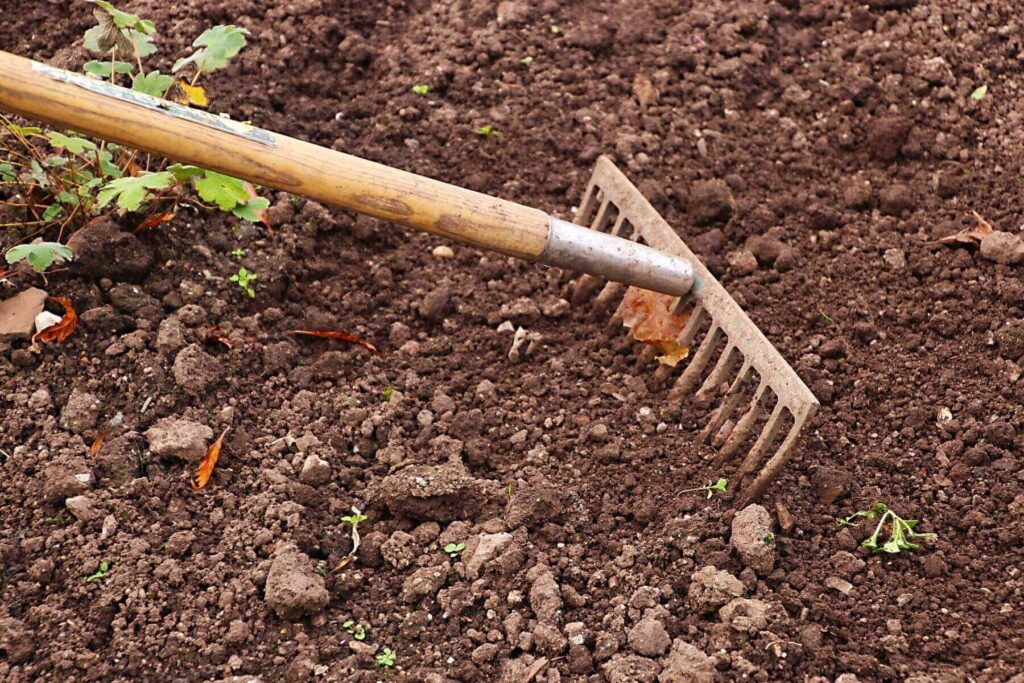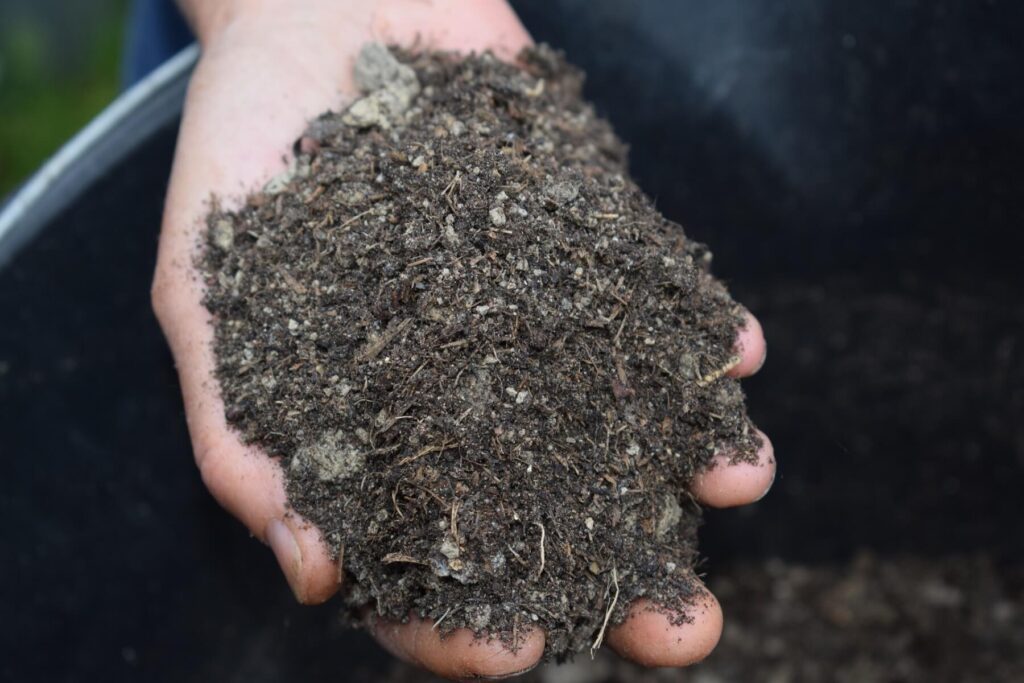A simple yet highly effective technique for transforming your garden is mulching. Imagine a garden that’s not only beautiful but also vibrant, where plants thrive, weeds retreat, and moisture stays just where it’s needed. Mulching can help you achieve this vision. If you are a seasoned gardener or just getting started, this guide will provide you with the skills and knowledge you need to become a mulching master.
What is mulching?
Mulching is where you add a thick layer of organic material to the surface of a bed or border. An ideal depth of 5cm is perfect – enough to provide protection without completely cutting off the opportunity for bulbs and other perennials to grow through it. Mulch can take the form of a range of items including bark, woodchip, grass clippings or compost. It acts as a physical barrier against the elements and using it in your garden can help stabilise the soil as well as help retain moisture, whilst suppressing most weeds.
When should I mulch my garden?
Any time is a good time to mulch, but it’s best to do it in the spring – just after digging over your beds and borders ready for planting – or in the autumn. Alternatively, once you have transplanted shoots or saplings and planted bulbs, adding mulch helps to fend off the pests from delicate shoots whilst helping to maintain a good temperature and moisture in the soil.
How much mulch do I need for my garden?
Determining the right amount of mulch for your garden is essential to ensure proper coverage without overloading the area. Here are some handy tips to help you work out how much you need.
- Measure your area: Start by measuring the length and width of the area you plan to mulch. If it’s a garden bed, measure the length and width in metres.
- Measure the depth: As a general guideline, a 2 to 4-inch layer of mulch is sufficient. Deeper layers are necessary in very hot or arid regions (more on this later).
- Calculate cubic feet: Multiply the length by the width and then by the depth in metres to find the volume in cubic metres.
- Purchase Mulch: Once you have the cubic metres, you can confidently purchase the correct amount of mulch for your project.
Or, to make things MUCH simpler, we have a handy bulk bag calculator tool you can use!
What’s the difference between mulch and compost?
It’s useful to understand that mulch and compost are not the same – mulch is used on the surface of the soil to help with moisture retention, temperature control and weed control. In contrast, compost is typically dug in to help enrich the soil, balance its PH levels and to help break down organic matter.
Benefits of mulching
Mulching offers numerous benefits, including enhancing the aesthetics of your garden and improving the health of your plants. Here are some of the benefits:
- Weed control: Adding a layer of mulch to your beds or borders deprives weeds of sunlight so they struggle to grow up to the surface.
- Moisture retention: Mulch helps soil retain moisture by acting as a protective layer. Even during dry spells, it reduces water evaporation, ensuring that the soil remains consistently damp. For the overall health of your plants, this is a game-changer.
- Regulates soil temperature: During the summer months, it protects the soil from the heat of the sun, keeping the soil a nice ambient temperature. During the cooler months, it can help insulate the soil protecting plants through winter.
- Pest prevention: Adding woodchip and bark can deter pests, such as slugs and snails, from your garden.
- Adds nutrients: Compost mulching can also act as a slow-release fertiliser, adding extra nutrients into tired soil.
- Reduces maintenance: As weed growth is suppressed, you’ll be spending less time digging up those pesky plants so you can spend more time enjoying your garden.

How to mulch a garden
We’ve covered all the basics of mulching your garden and why it brings many benefits, so let’s go into some top tips to help you mulch your garden:
- Prep the soil: Remove any weeds and rake the soil to ensure you have an even layer to add your mulch.
- Choose the right mulch: Choose a mulch that suits your outdoor area such as woodland mulch or decorative bark.
- Apply: Spread a thin layer over the soil surface. Ideally, you’re looking for a depth of around 2 – 4 inches.
- Mulch around the plants: Use your hands or a spade to lay the mulch on the soil, and tuck it in and around existing plants. Ensure you have covered all the soil around your plants to ensure weeds can’t grow through
- Water: Water well so the moisture is locked in.
- Finish: Finish by raking or hoeing again to even out any lumps and bumps
Follow these easy steps and you’ll be giving your garden everything it needs to grow and thrive!
Handy garden mulching tips:
Here are some handy tips you can use when applying your garden mulch:
- Leave a small ring around large plants or trees to allow for air circulation. Applying too much mulch to the base can cause rot or disease.
- Even though 2–4 inches is recommended, if you live in a hot and dry area, you might want to consider applying a thicker layer to help with moisture retention.
- To help get moisture to the soil, you should water the soil before mulching.
- Add decorative mulch to garden pathways to help stop weeds growing along your paths.
Earth Cycle mulch
If you found this blog post helpful and are looking to add some mulch to your garden, Earth Cycle has all the mulches you need, including winter mulch and spring mulch.
Our mulches and other gardening products, such as topsoils and composts can be delivered kerbside to your address up and down the country. So, order yours today and you’ll be mulching in no time!




